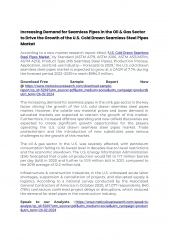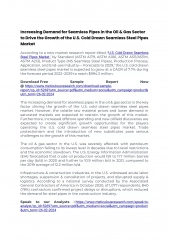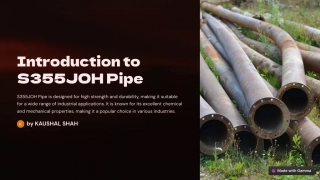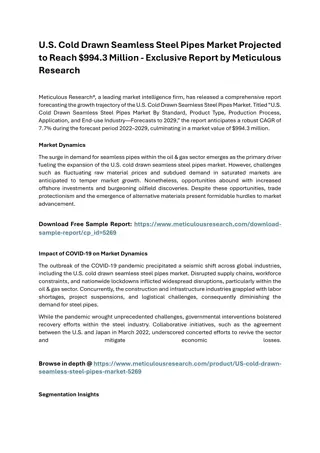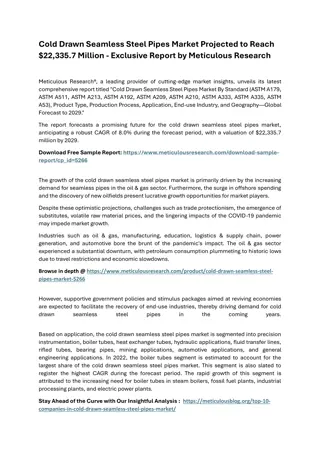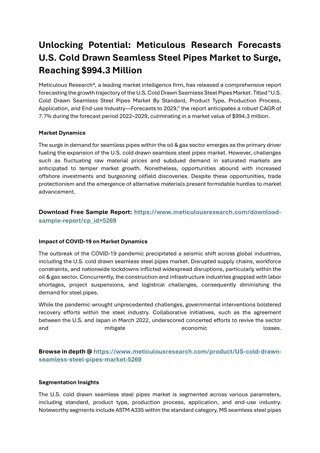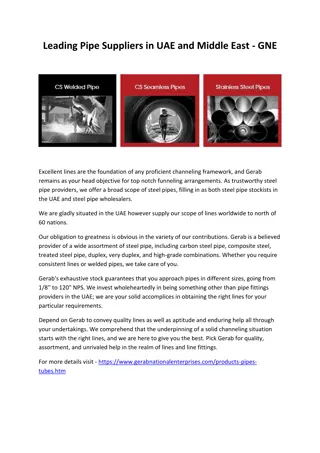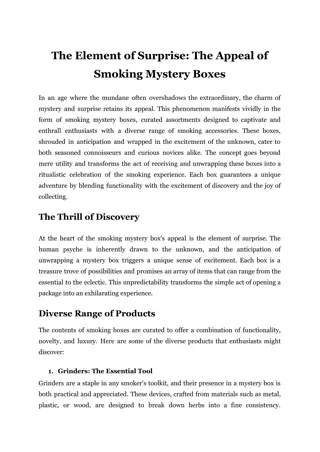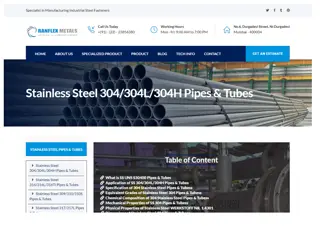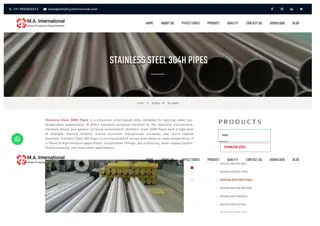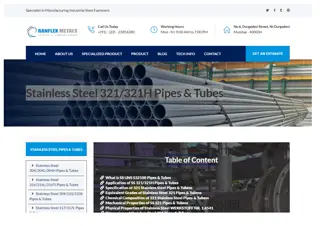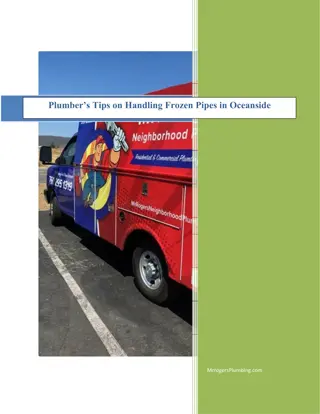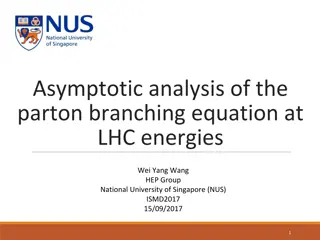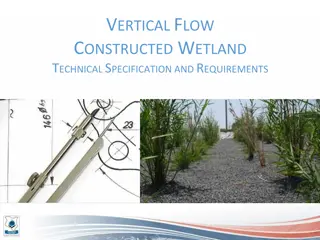BRANCHING PIPES
Branching pipes in a hydraulic system create a network of interconnected reservoirs. This analysis involves calculating flow rates and pressures in pipes based on elevations and pipe characteristics using Darcy-Weisbach and continuity equations.
Download Presentation

Please find below an Image/Link to download the presentation.
The content on the website is provided AS IS for your information and personal use only. It may not be sold, licensed, or shared on other websites without obtaining consent from the author.If you encounter any issues during the download, it is possible that the publisher has removed the file from their server.
You are allowed to download the files provided on this website for personal or commercial use, subject to the condition that they are used lawfully. All files are the property of their respective owners.
The content on the website is provided AS IS for your information and personal use only. It may not be sold, licensed, or shared on other websites without obtaining consent from the author.
E N D
Presentation Transcript
= + + = BRANCHING PIPES The three interconnected reservoirs as shown above; Flow through each pipe is wanted Reservoir elevations are given with the sizes and types of pipes Fluid properties are assumed known The Darcy-Weisbach and continuity equation must be satisfied for each pipe. The flow into the junction (J) must be equal to the flow out of the junction SOLUTION PROCEDURE: Solution is effected thus: Q Q Q Q Q Q 1 2 3 or 1 2 3 P = + = Z y HGL P Z 1)Assume an elevation of the Hydraulic Grade Line (HGL) at the junction 2)Compute Q1,Q2 and Q3 3)Substituting into the continuity equation i.e. = + = Z y HGL = = 2 hf h rQ If the flow into the junction is to great (more), a higher grade-line elevation which will reduce the inflow and increase the outflow is assumed. Z=Position of hydraulic grade line or piezeometric height. ANALYSIS NOTE: It is supposed that all pipes are sufficiently long, so that minor losses and velocity heads may be neglected. (When L/d>2000 neglect minor losses)
Write flow equations for all the three pipes 2 = h Z r Q 1 1 1 | | h Z = 1 Q 1 r 1 2 = h Z r Q 2 2 2 Z | | h = 2 Q 2 r 2 2 = h Z r Q 3 3 3 h Z = 3 Q 3 r 3 Equation of continuity = + + = Q Q Q Q Q Q 1 or Sign convection must be adopted and maintained (signs of flow are dictated by choice of h-z or z-h) Towards joint positive + Away from joint negative 2 3 1 2 3 n 1 Q Q If Z is first estimated and sum of Q calculated, it will result in a value that sum of Q will not equal to zero i.e. . Where dQ is a function of the error in the estimated value of Z. If = 0 Q is very small then Q n 1 2 = ( ) Z h Z . the error in the estimated value of Z is Z 2 Q = Z Q h z
Thus the correction to apply to Z (assumed) to make sum of Q to zero is 2 Q + Q PROCEDURE FOR ANALYSIS Assume an initial value for Z Compute resulting h z 0 Q If appreciable, estimate Q z ' LQ f correct z with the error function and recalculate. EXAMPLES (i)A reservoir A with its surface 60m above datum supplies water to a junction D through a 300mm diameter pipe 1500m long. From the junction, a 250mm diameter pipe 800m long feeds reservoir B, in which the surface level is 30m above datum, while a 200mm diameter pipe 400m long feeds reservoir C, in which the surface level is 15m above datum. Calculate the volume rate of flow to each reservoir. Assume the loss of head due to friction is given by and the friction factor for each pipe is 0.04. (i)Given the information below on the diagram for four reservoirs. The elevation of junction is 8m and f for all the pipes is 0.02. h 2 h = 5 12 d
' d f L r = Calculate the discharge Q to each reservoir. Calculate the pressure in pipeline at joint. (i)Three open reservoirs A,B and C have constant water surface elevations 90m, 45 and 72m respectively. The reservoirs are connected through a common junction J by pipe lines having characteristics given below. The junction J is at elevation 60m. Determine the flow in the pipes. 5 12 h(m) L(m) D(m) Pip es 1 17 150 0.6 3.215 2 10 300 0.3 205.48 3 6 900 0.45 81.45 4 3 450 0.3 308.22


